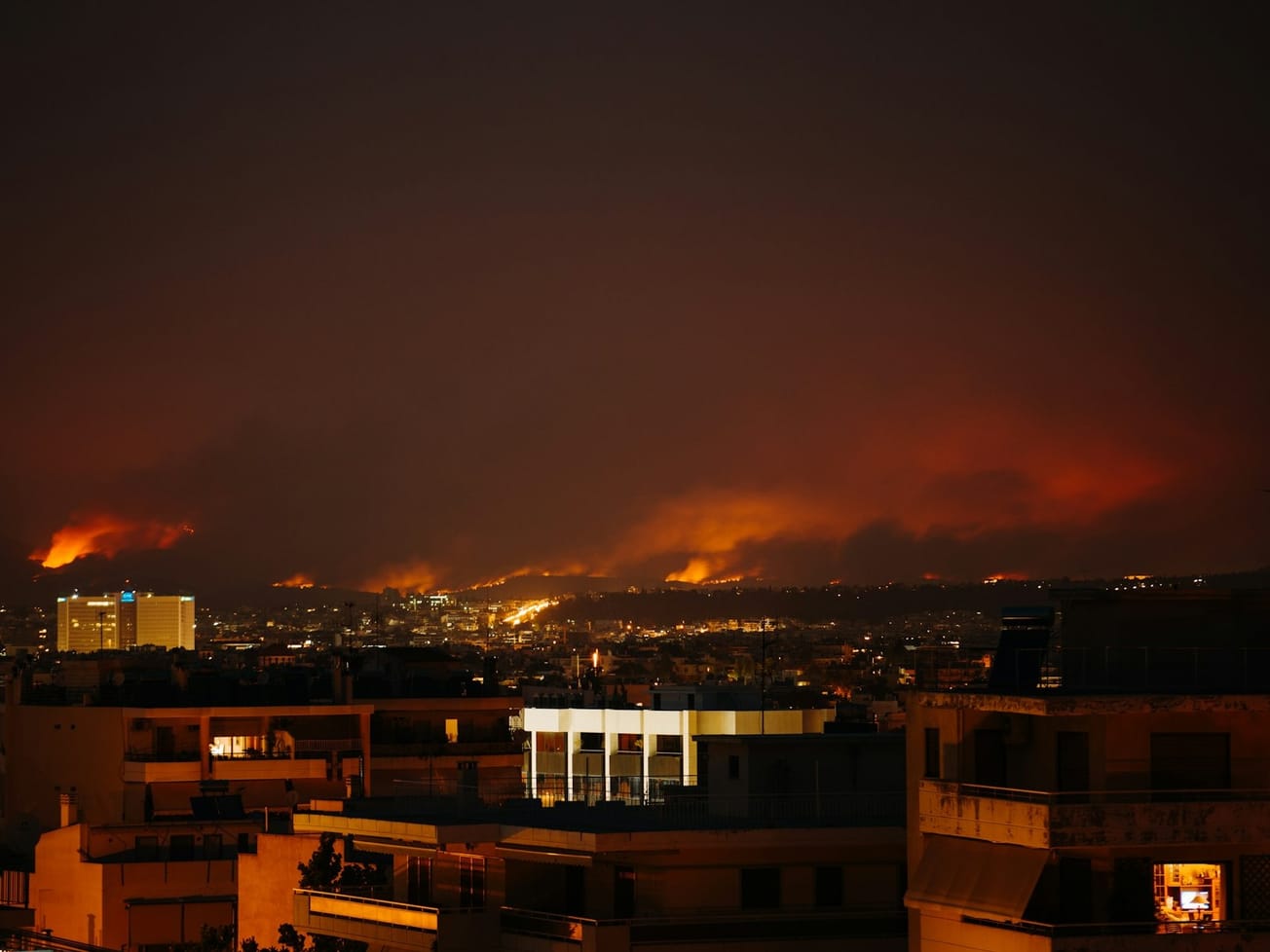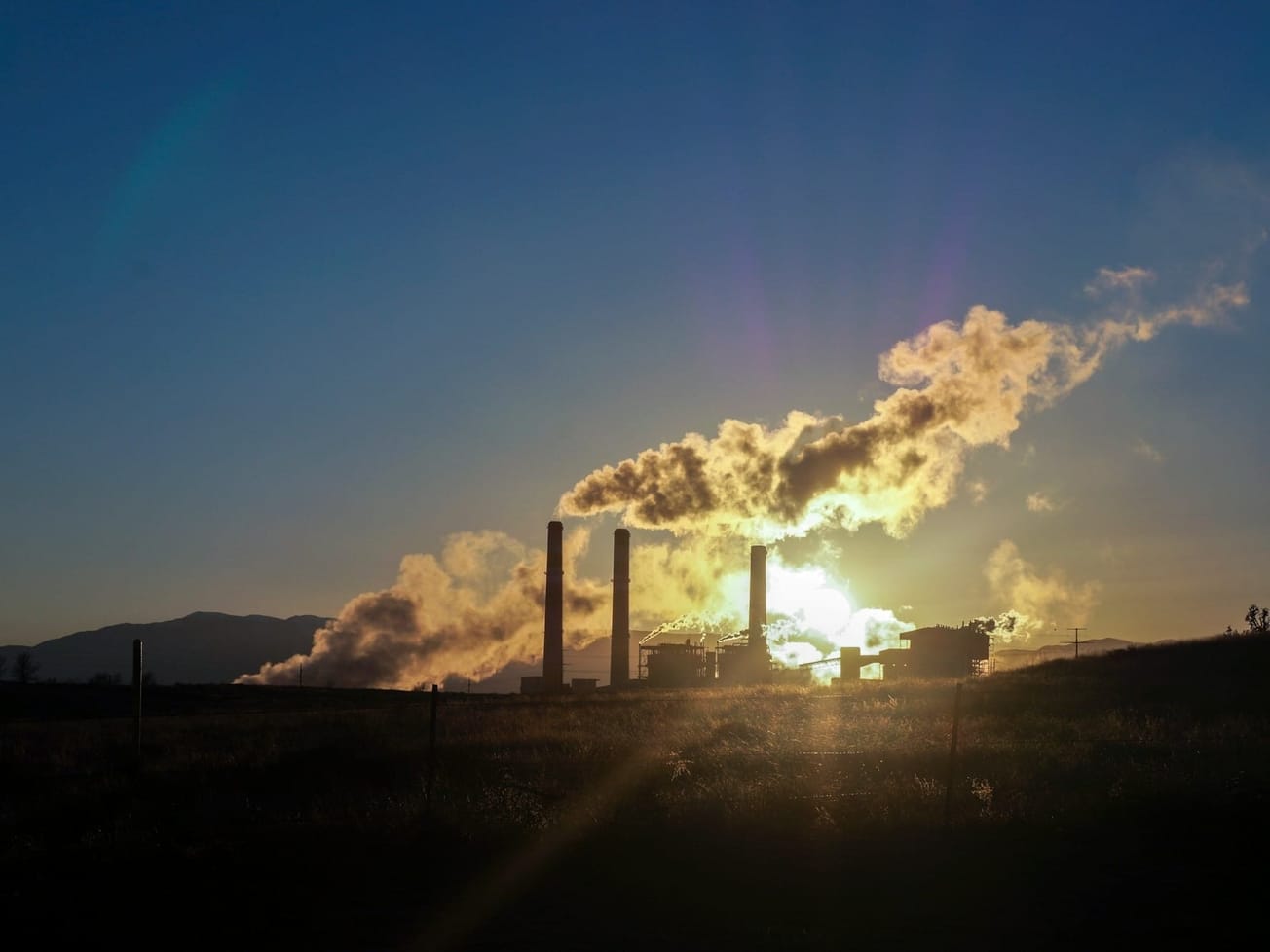A global initiative led by former U.S. Vice President Al Gore released the first inventory of site-specific facility sources of greenhouse gases around the planet showing 26 of the 50 biggest sources are oil and gas fields.
The inventory released on Wednesday covers carbon dioxide, methane and nitrous oxide emissions and lists 72,612 individual sites including power plants, steel mills, urban roads, and oil and gas fields. Together they are the top emissions sources for power, shipping, aviation, mining, waste and many other industries.
Climate TRACE's inventory, based on a dataset of public emissions sources, found the top 500 individual sources of emissions worldwide represented less than 1% of total facilities but accounted for 14% of all emissions in 2021. By comparison, China accounted for 32.9%, the United States, 12.6%, and European Union, 7.3%.
“The climate crisis can, at times, feel like an intractable challenge – in large part because we’ve had a limited understanding of precisely where emissions are coming from,” Gore said. “This level of granularity means that we finally have emissions data that enable us to act decisively.”
At the U.N. climate summit in Sharm el-Sheik, Egypt, Gore said the coalition's researchers, data analysts and NGOs created "the most detailed inventory ever assembled that can be used to identify exactly where all this pollution is coming from." The data is from multiple open sources that use satellite coverage, remote sensing, artificial intelligence and machine learning, and offers a picture of annual emissions since the 2015 Paris Agreement.
Gavin McCormick, founder and executive director of Climate TRACE convening member WattTime, said the release of the dataset represents the combined efforts of more than 100 organizations worldwide.
Today is the day. We’ve just released the most detailed global inventory of #GHGemissions ever assembled and made publicly available. Explore facility-level emissions data for 70K+ individual sources worldwide + updated country/sector data through 2021: https://t.co/NmqqEfq1Hx pic.twitter.com/QRn153N5tw
— Climate TRACE (@ClimateTRACE) November 9, 2022
Underreporting in focus
Citing "huge" climate data gaps on emissions, finance and adaptation, U.N. Secretary-General Secretary-General António Guterres said the initiative will help create "an era of radical transparency for emissions tracking" through independent emissions data based primarily on the direct observation of emitting activities.
"The climate crisis is in front of our eyes – but also hidden in plain sight," he said. "Many significant sources of emissions are not yet on our radar in real time. That is where this initiative comes in."
Guterres said the data also will make it more difficult to greenwash or cheat when claiming emissions reductions.
"One of the most striking early insights from this work is the scale of emissions from oil and gas production," he said. "Because of underreporting of methane leaks, flaring, and other activities associated with oil and gas production, emissions are many times higher than previously reported."









